Traveling Thailand: On the Lookout for Cool Mammals
ABOUT
At Our Whole Village, we plan meaningful vacations for families who want to create lifelong memories and show their kids the world in a more conscious and intentional manner.
WORK WITH US
We help families take meaningful vacations so that they can escape everyday life, show their kids the world and make lifelong memories - with care, confidence and peace of mind.
THE BEST FAMILY VACATIONS BY AGE
Your (free) guide to the top travel destinations for families with babies, teens and everyone in between.
DOWNLOAD NOW
ABOUT US
June 4, 2019
You’ve probably heard of Thailand’s paradisiacal beaches, stunning waterfalls, verdant jungles, and breathtaking national parks. But do you know which cool mammals to watch out for while traveling Thailand with kids? If not, no worries! We’ve got you covered.
Check out this fun guide to some of the most iconic mammals of Thailand. From short-nosed, bottle-headed Irrawaddy dolphins to sleek, powerful Indochinese tigers, these creatures will amaze you and your family.
Tigers
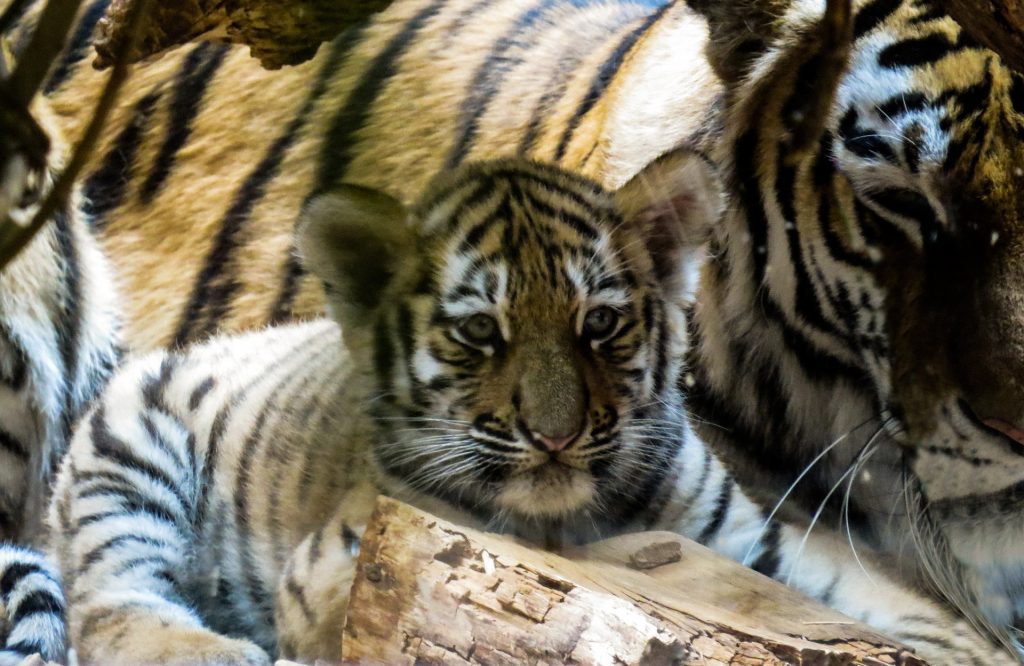
Did you know that there are about 600 Indochinese tigers left in the world? One-third live in captivity in zoos. Of those left in the wild, more than half reside in the Western Forest Complex in Thailand. In fact, the Huai Kha Khaeng Wildlife Sanctuary is known as Thailand’s tiger sanctuary because of its healthy population. It’s also the largest intact seasonal tropical forest complex in mainland Southeast Asia.
Unfortunately, Indochinese tiger populations have fallen by 70 percent over the last decade and a half. The steep population decline is the result of illegal poaching and rosewood logging activity. But researchers and scientists are working hard to save this species from extinction. In recent years, a second breeding population got discovered in Eastern Thailand’s Dong-Phayayen Khao Yai Forest Complex to the delight of scientists and researchers.
Indian (Asian) Elephants
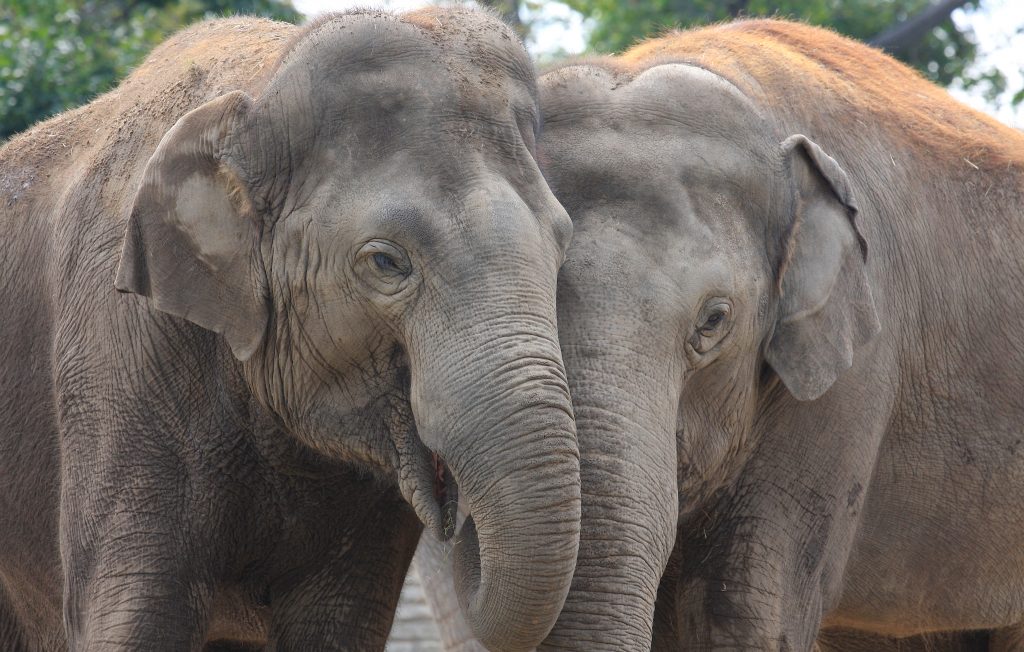
Although smaller than their African cousins, Indian elephants still dominate Thailand’s landscape. They’re the largest animals in the nation. Yet, these gentle giants remain just as playful and majestic as their African counterparts. That said, they lack their African cousins’ more aggressive nature.
Because of population loss and poaching, they are listed as endangered. Indian elephant numbers have declined by more than 50 percent since the 1930s and 1940s. Fortunately, large wild populations of Indian elephants remain in the Khao Yai National Park and can be seen when visiting Thailand with kids. Conservationists remain committed to protecting Indian elephants for future generations to see.
Agile Gibbon
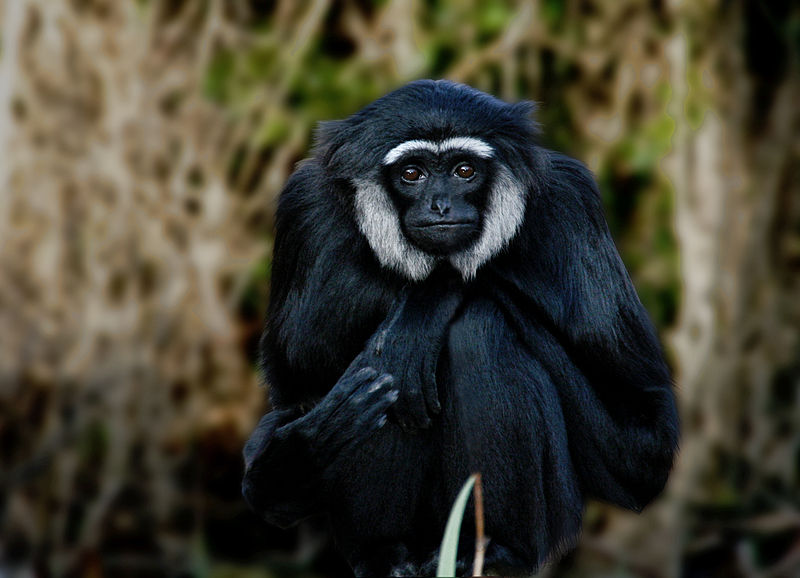
As the name suggests, agile gibbons get around with grace and ease in the jungle canopy. In fact, they’re an elegant sight to behold. Although found mostly on the islands of Sumatra and Borneo, there’s also a thriving population in Thailand. This population is located in the Hala Bala Wildlife Reserve near the border with Malaysia.
Spending most of their lives swinging from the trees, these gibbons rarely take to the ground. As they move around the canopy, they let out calls to communicate with other members of their group. Today’s populations face threats from habitat destruction and the illegal pet trade.
Sun Bears
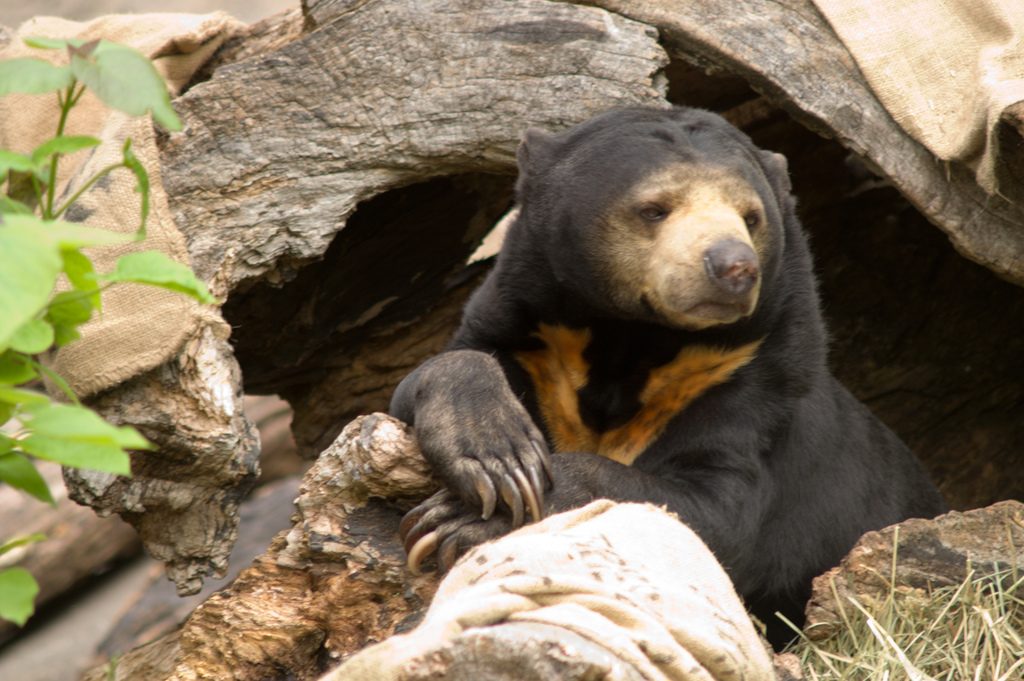
The smallest member of the bear species, certain physical characteristics identify sun bears including:
- The crests on the neck
- Their black coats
- Their slightly bowed legs
They also display an iconic crescent-shaped pale patch on their breasts. This patch varies in color (from cream to dirty white and even light ochre) depending on the individual. They’re also known as honey bears. Why? Because of their voracious appetite for honey and honeycombs.
Found in tropical forests through Southeast Asia, sun bears face threats due to habitat loss and commercial hunting. Over the past three bear generations, population numbers have declined by 30 percent. But conservation efforts continue to combat these threats. Environmentalists are working hard to make sure future generations will enjoy the breathtaking sight of these incredible creatures.
Irrawaddy Dolphins
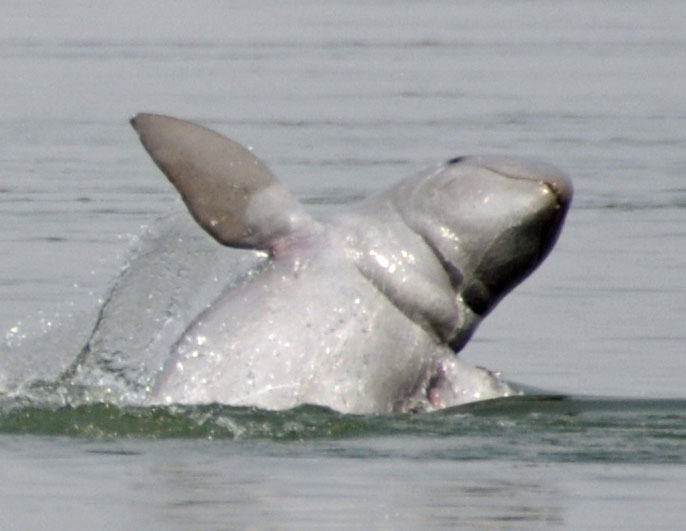
Irrawaddy dolphins are found near coastal areas in South and Southeast Asia. They’re also seen in three rivers:
- The Ayeyarwady in Myanmar
- The Mahakam in Indonesian Borneo
- The Mekong
Because of their blunt, rounded heads, they look similar to belugas. But they are actually most closely related to killer whales.
Although they sometimes get referred to as river dolphins, they are true oceanic dolphins. They seek out and live in brackish water in estuaries and near river coasts and river mouths. They like to munch on crustaceans and fish. Today, the biggest threats facing these unique seafarers come from habitat loss and fisheries.
Traveling Thailand
When traveling Thailand, there’s no end to the incredible animal parade. From splashy Irrawaddy dolphins to elusive tigers, Thailand teems with an incredible diversity of wildlife.
Ready to scope out some of these animals for yourself in Thailand with children? Then why not come along on one of our 13-day Thailand and Cambodia Family Adventure? This culturally rich, kid-friendly vacation represents the perfect way to visit some of the most extraordinary destinations in Southeast Asia.
At Our Whole Village, we craft transformational trips for curious families who want to create lasting memories while making a difference. We’re here to help you and your family experience the world, its peoples, and its cultures. Contact us today to learn more about the unforgettable experiences that we handcraft for curious families just like yours.
OUR SERVICES
HOME
COPYRIGHT © OUR WHOLE VILLAGE 2021
DESIGN BY GIRLBOSS DESIGNER | CUSTOMIZED BY ALEX COLLIER DESIGN
about
TRAVEL SERVICES
DESTINATIONS
BLOG
PLAN A TRIP
FREE TRAVEL GUIDE
TERMS AND CONDITIONS
hello@ourwholevillage.com
+1 305 432 2612